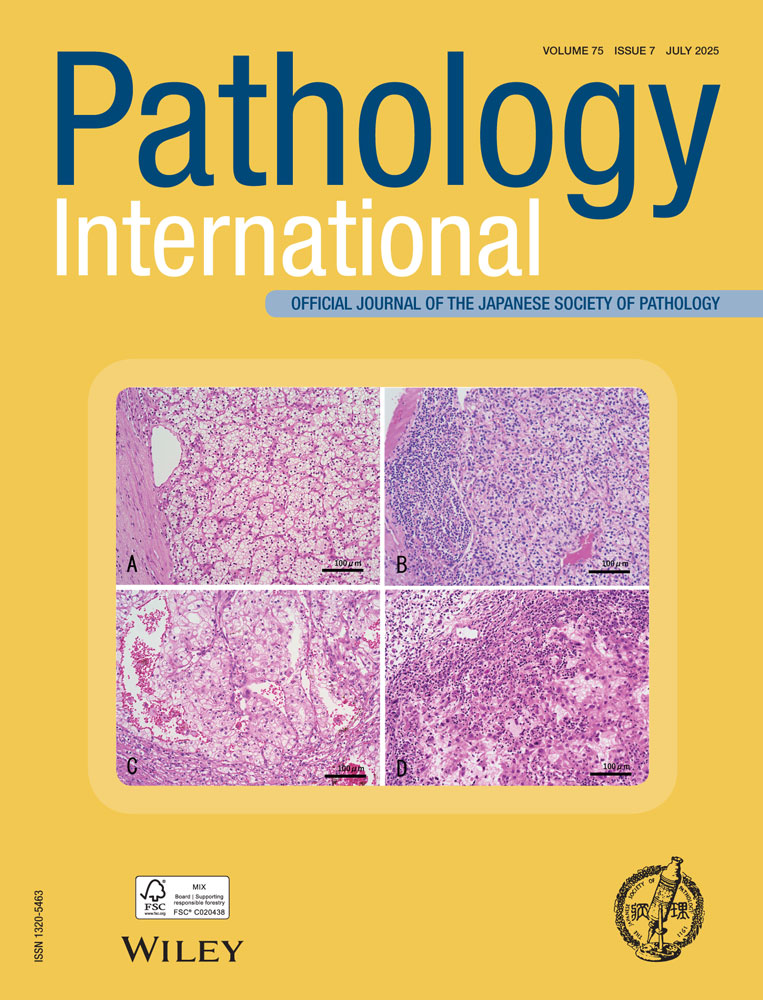Anitschkow cells in the human heart
Abstract
A case of multiple myeloma, who died of congestive heart failure of unknown cause, is presented. Microscopically, Anitschkow cells with caterpillar and owl-eyed nuclei were scattered in the interstitium of the myocardium. To know the pathological significance of their appearance, histological observations of normal, developing and autoimmune disease-bearing heart specimens were made. A few Anitschkow cells were commonly seen in the interstitium of the adult heart with or without autoimmunity, and fetal cardiomyocytes often showed Anitschkow-type nuclear configurations. Moreover, squamous cancer cells metastatic to the myocardium exhibited Anitschkow-type nuclei. No Anitschkow-type nuclei were observed in extracardiac locations. In conclusion, formation of Anitschkow-type nuclear features in the human heart is not necessarily specific to the autoimmune status, but can be regarded as being ubiquitously provoked by the continuous contraction of heart muscle cells.




